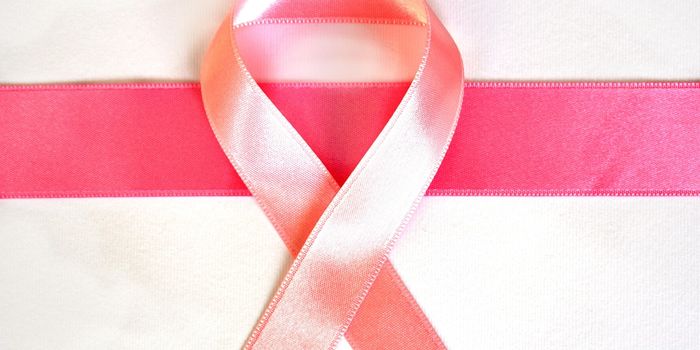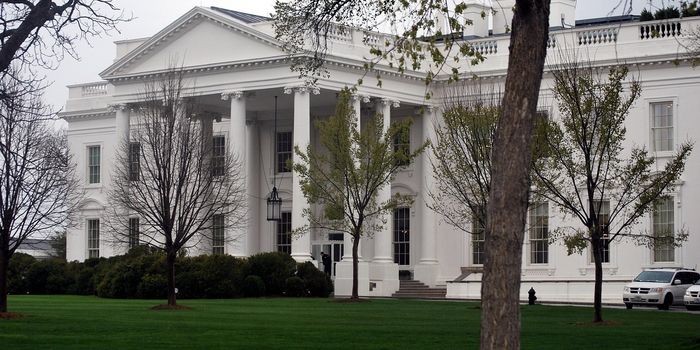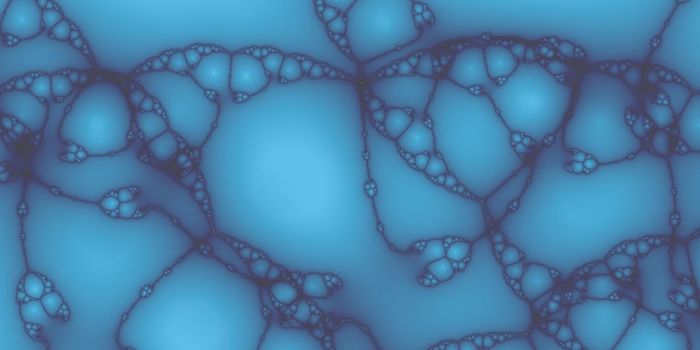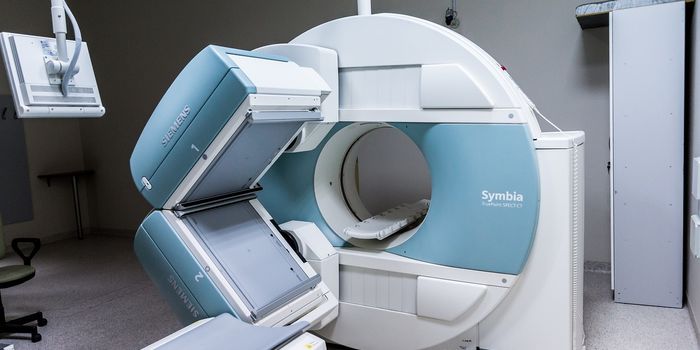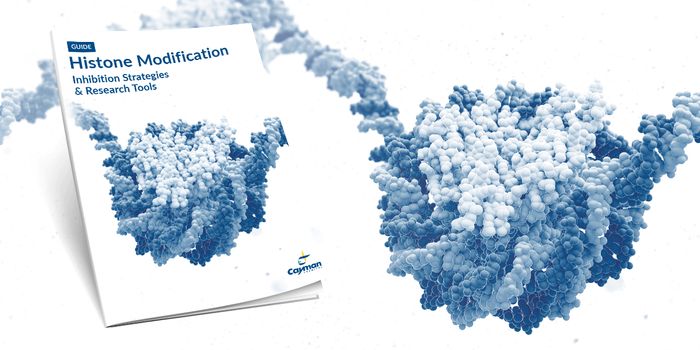In researching how the breast clears out cells after the milk supply is finished, scientists at the University of Sheffield have inadvertently identified a protein that may help curb cancer growth. The protein of interest appears to gobble up nearby dead cells to prevent inflammation, kind of like a
molecular Pac-Man.
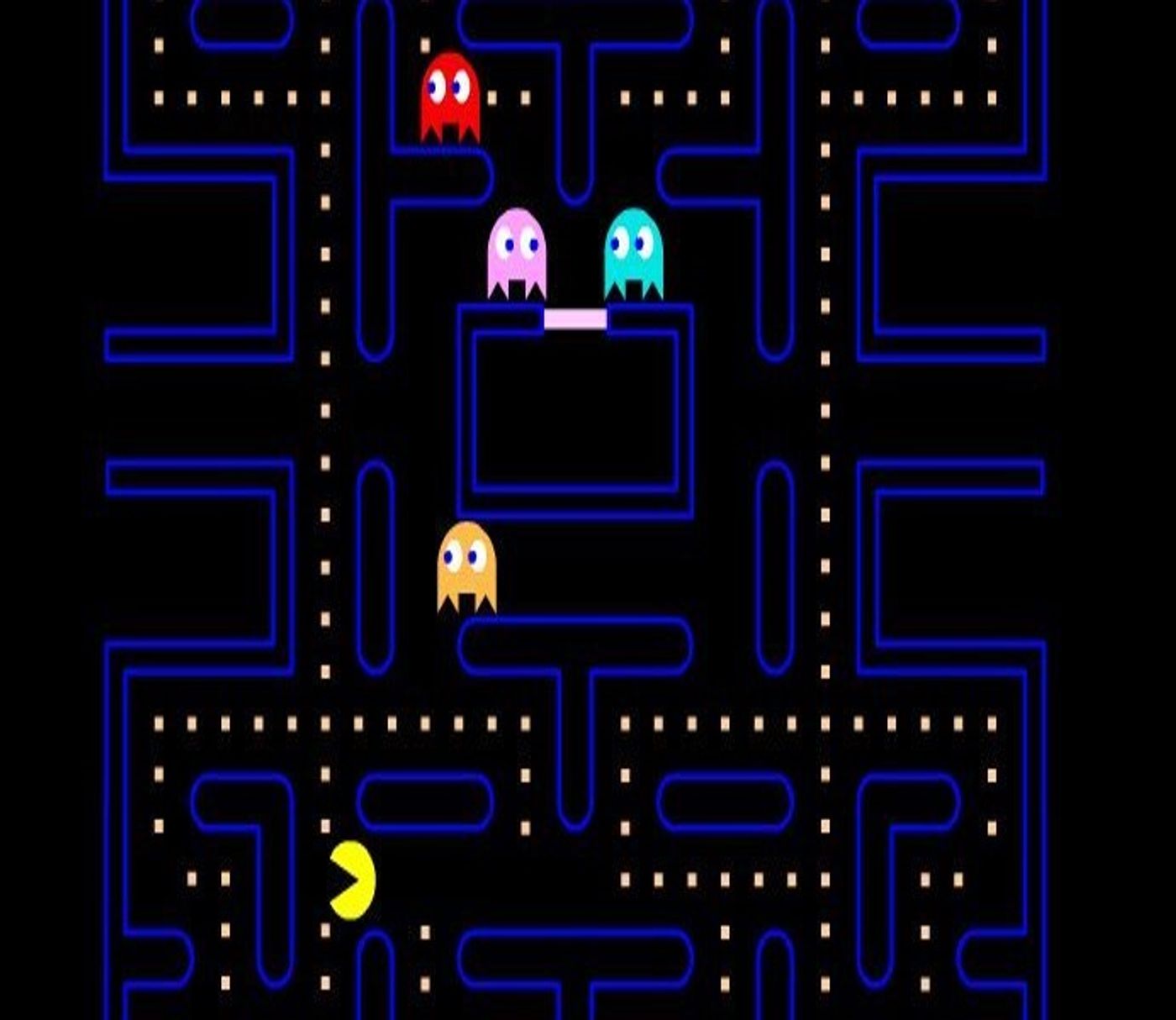
"It is thought that we shed the equivalent of our own body weight in dead cells every year," said Nasreen Ahktar, professor at the Sheffield’s Department of Oncology and Metabolism. But where do these cells go? How does the body get rid of them?
To answer this puzzle, Ahktar and his team focused on the breast, which is well known to undergo major changes before, during, and after lactation. In particular, when the job of producing milk is finished, the breast alveoli cells revert back to pre-pregnancy state. In studying this process, Ahktar and his team discovered a protein named Rac1.
Rac1 is apparently important for both stimulating the alveoli cells to secrete milk, but it is also vital in cell removal after the milk dries up. The Rac1 signal seems to tell cells to “eat” neighboring cells that are dead or dying. This clears up cellular debris and promotes renewal.
"By doing the job themselves, the breast epithelia limit both the numbers and time of immune phagocyte infiltration which protects the tissue from becoming damaged,” said Ahktar. "Without Rac1, the dead cells and milk flood the interconnecting breast ducts causing them to bloat and triggering chronic inflammation. The bloated ducts then fail to regenerate and produce milk in a future pregnancy."
While the results are significant in the field of developmental biology, Ahktar’s team is hopeful that this process can be applied to cancer biology. If in normal cells, Rac1 promotes cellular phagocytosis and reduce inflammation, how do cancer cells use (or abuse) Rac1? And more importantly, can scientists tame this protein and direct it against cancer? Answering these questions and more may provide a therapeutic target for curbing cancer’s growth.
But first, scientists have to contend with a contradiction. "Rac1 is over expressed in various cancers including breast cancer and Rac1 inhibitors are currently being considered as anticancer therapies,” said Ahktar. By contrast, Ahktar’s findings seem to suggest blocking Rac1 would be a bad idea.
In particular, Ahktar said, "… in the breast, one of [Rac1’s] central roles is to prevent harmful inflammatory responses. Without Rac1 these responses are heightened and prolonged within tissues.”
The results underscore the need for further research into understanding the mechanism behind this molecular Pac-Man.
Additional source:
The University of Sheffield


